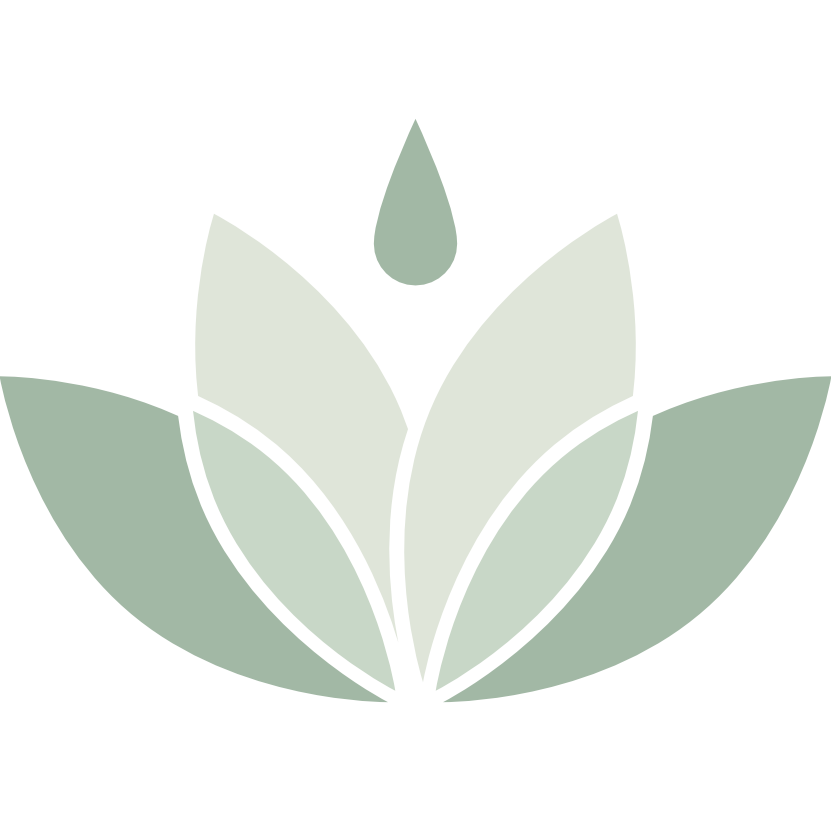
Wartungsarbeiten
Herzlich willkommen! Schön, dass Sie hier sind. Aktuell befindet sich diese Website im Umbau, was erfahrungsgemäß einige Wochen andauern kann. Ich danke Ihnen für Ihre Geduld und Ihr Verständnis. Sollten Sie in der Zwischenzeit Kontakt mit mir aufnehmen wollen, erreichen Sie mich wie üblich per E-Mail (Lenz.f@yahoo.com) oder Instagram (@franziinlovewithlife).